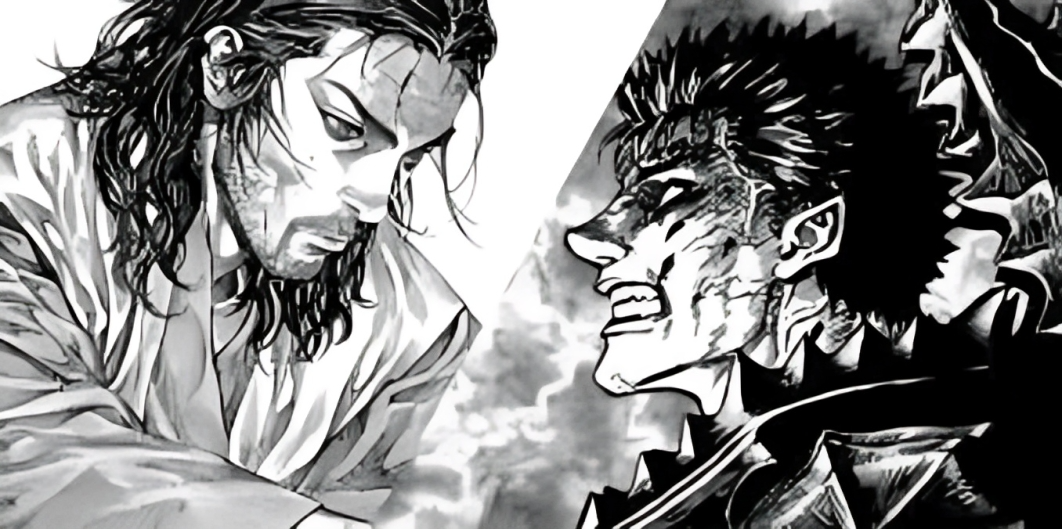In the realm of manga, few series have captured the imagination and admiration of readers as profoundly as Vagabond Manga. Created by Takehiko Inoue, Vagabond is a masterful retelling of the life of Miyamoto Musashi, one of Japan’s most legendary samurai. This article delves into the intricacies of the manga, exploring its story, characters, artistic style, and impact on the world of manga and beyond.
The Story Behind Vagabond Manga
Vagabond Manga is a historical manga series based on the novel Musashi by Eiji Yoshikawa. The manga chronicles the life of Miyamoto Musashi, a real historical figure renowned for his swordsmanship and undefeated duels. Set during the early 17th century, the story follows Musashi’s journey from a young and reckless swordsman to a wise and formidable warrior.
The narrative is deeply rooted in historical events but is also infused with philosophical and existential reflections. Inoue’s adaptation not only recounts Musashi’s battles but also his inner struggles, personal growth, and quest for enlightenment. This approach offers a rich, multidimensional portrayal of the samurai, blending historical accuracy with dramatic flair.
Key Characters
- Miyamoto Musashi: The central figure of the manga, Musashi is depicted with a blend of historical accuracy and creative interpretation. He starts as a brash and impulsive youth but evolves into a thoughtful and strategic warrior. Inoue portrays him as a complex character whose personal journey reflects themes of self-discovery and the pursuit of perfection.
- Sasaki Kojiro: Musashi’s greatest rival, Kojiro is a skilled swordsman known for his unique and deadly fighting style. His rivalry with Musashi is a central element of the manga, highlighting themes of competition, respect, and the nature of true strength.
- Otsu: A key female character in the series, Otsu is Musashi’s love interest. Her relationship with Musashi adds a layer of emotional depth to the story, exploring themes of love, loyalty, and sacrifice.
- Takuan Soho: A Zen monk who provides philosophical guidance to Musashi, Takuan’s insights into life and combat play a crucial role in Musashi’s development. His character introduces elements of Zen Buddhism and its influence on martial arts.
Artistic Excellence
One of the standout features of Vagabond Manga is its stunning artwork. Takehiko Inoue’s illustrations are renowned for their meticulous detail and dynamic composition. The manga’s visual style combines traditional Japanese art with modern manga techniques, creating a unique and immersive experience.
Inoue’s use of brushwork and ink contrasts brings out the raw intensity of sword fights and the serene beauty of landscapes. His attention to detail in depicting historical settings and characters adds authenticity to the story. The art in Vagabond Manga is not only visually appealing but also serves to enhance the emotional and thematic depth of the narrative.
Themes and Philosophical Reflections
Vagabond Manga is much more than a historical drama; it is a philosophical exploration of life, combat, and personal growth. Several key themes are woven throughout the series:
- The Nature of Strength: The manga examines what it means to be truly strong. Through Musashi’s journey, readers are prompted to reflect on the difference between physical prowess and inner strength. Musashi’s evolution from a brawler to a thoughtful warrior illustrates that true strength lies in self-discipline and wisdom.
- The Quest for Enlightenment: Musashi’s quest is not just about becoming a better fighter but also about seeking enlightenment. His interactions with Zen monks and his introspective moments highlight the pursuit of spiritual and intellectual growth.
- The Role of Fate: The series explores the role of fate in shaping one’s destiny. Musashi’s encounters and challenges are portrayed as part of a larger cosmic plan, emphasizing the interplay between free will and destiny.
- The Impact of Violence: Vagabond Manga does not shy away from depicting the harsh realities of violence. It presents both the physical and psychological toll of combat, questioning the honor and morality associated with being a warrior.
Impact and Legacy
Since its debut in 1998, Vagabond Manga has had a significant impact on the manga industry and popular culture. It has received widespread acclaim for its storytelling, art, and philosophical depth. The series has won several awards, including the Kodansha Manga Award and the Grand Prize at the Tezuka Osamu Cultural Prize.
In addition to its success in Japan, Vagabond Manga has garnered a global following. Its themes of honor, self-discovery, and martial prowess resonate with audiences worldwide. The manga has influenced other works in the genre and has been praised for its ability to appeal to both casual readers and serious fans of historical fiction.
Conclusion
Vagabond Manga stands as a testament to the power of manga as a storytelling medium. Through Takehiko Inoue’s masterful art and compelling narrative, the series brings to life the legendary figure of Miyamoto Musashi, offering readers a profound and immersive experience. Whether you are a fan of historical drama, philosophical exploration, or exquisite artwork, Vagabond Manga is a manga that delivers on all fronts. Its legacy continues to inspire and captivate, cementing its place as one of the greatest manga series of all time.

